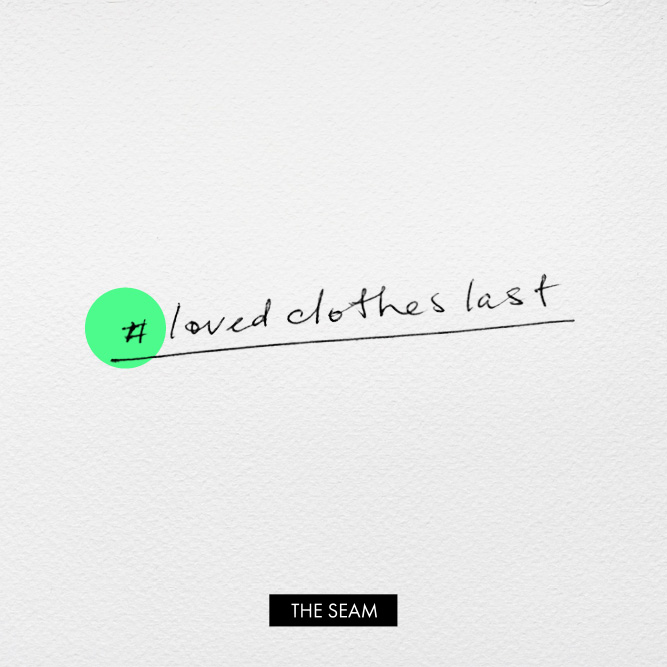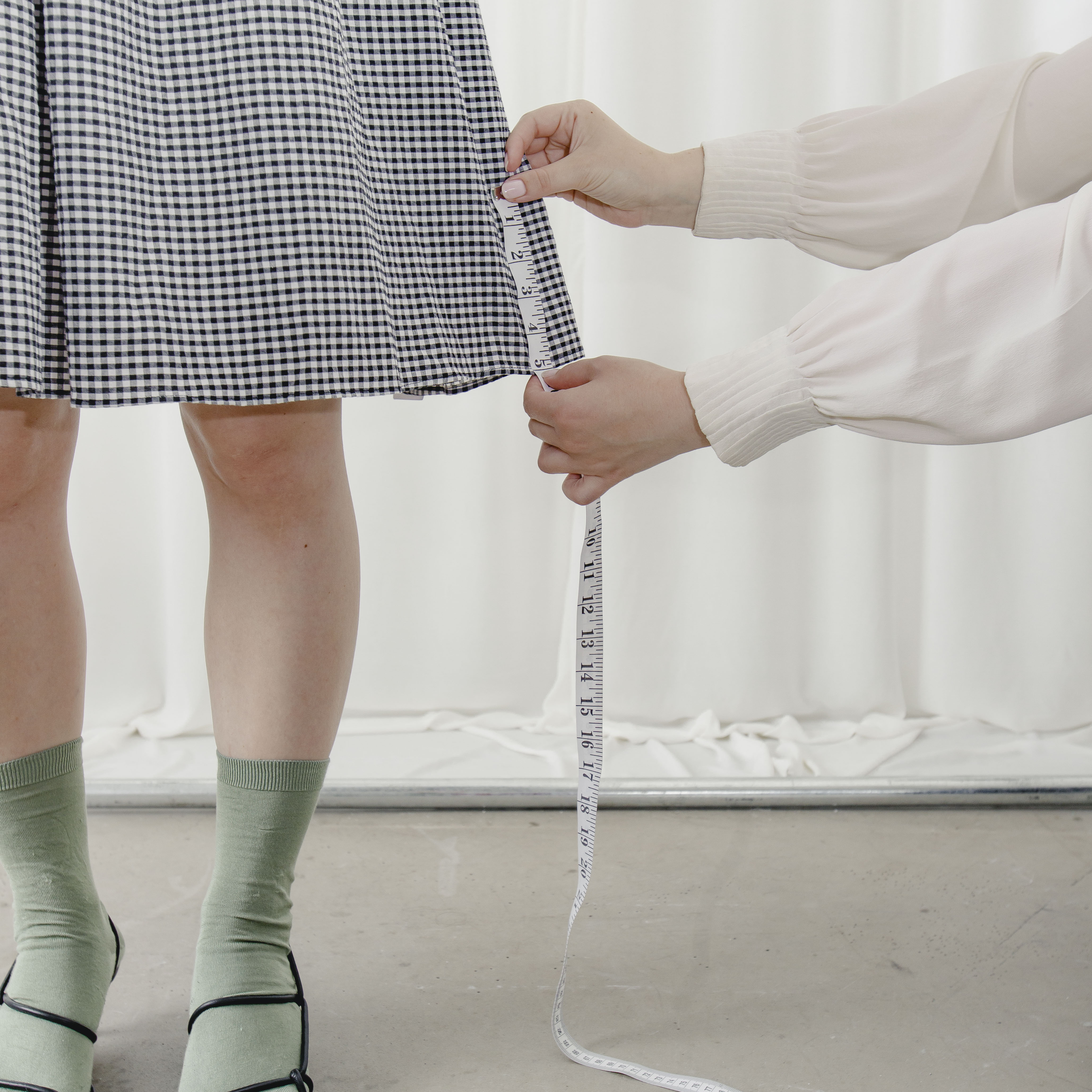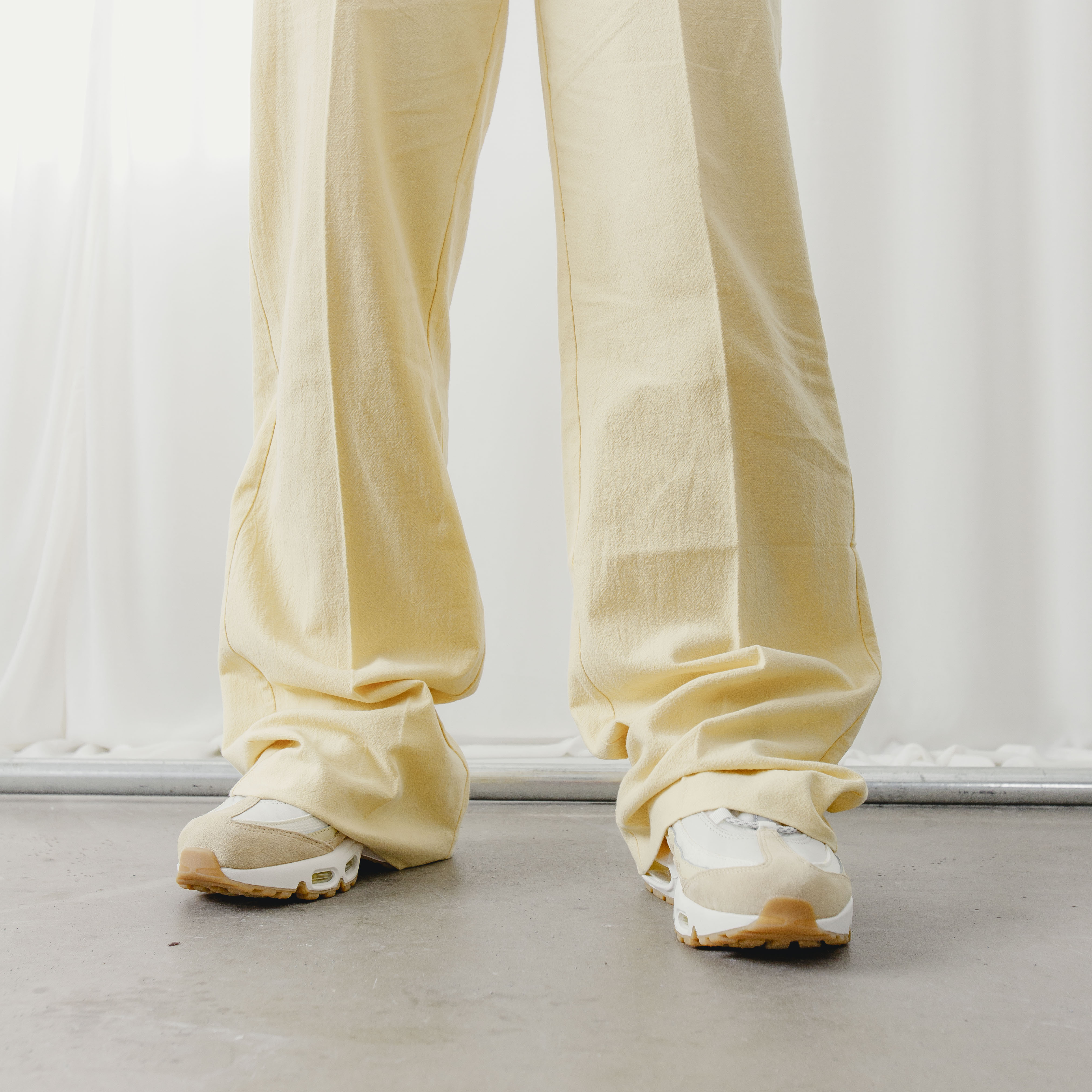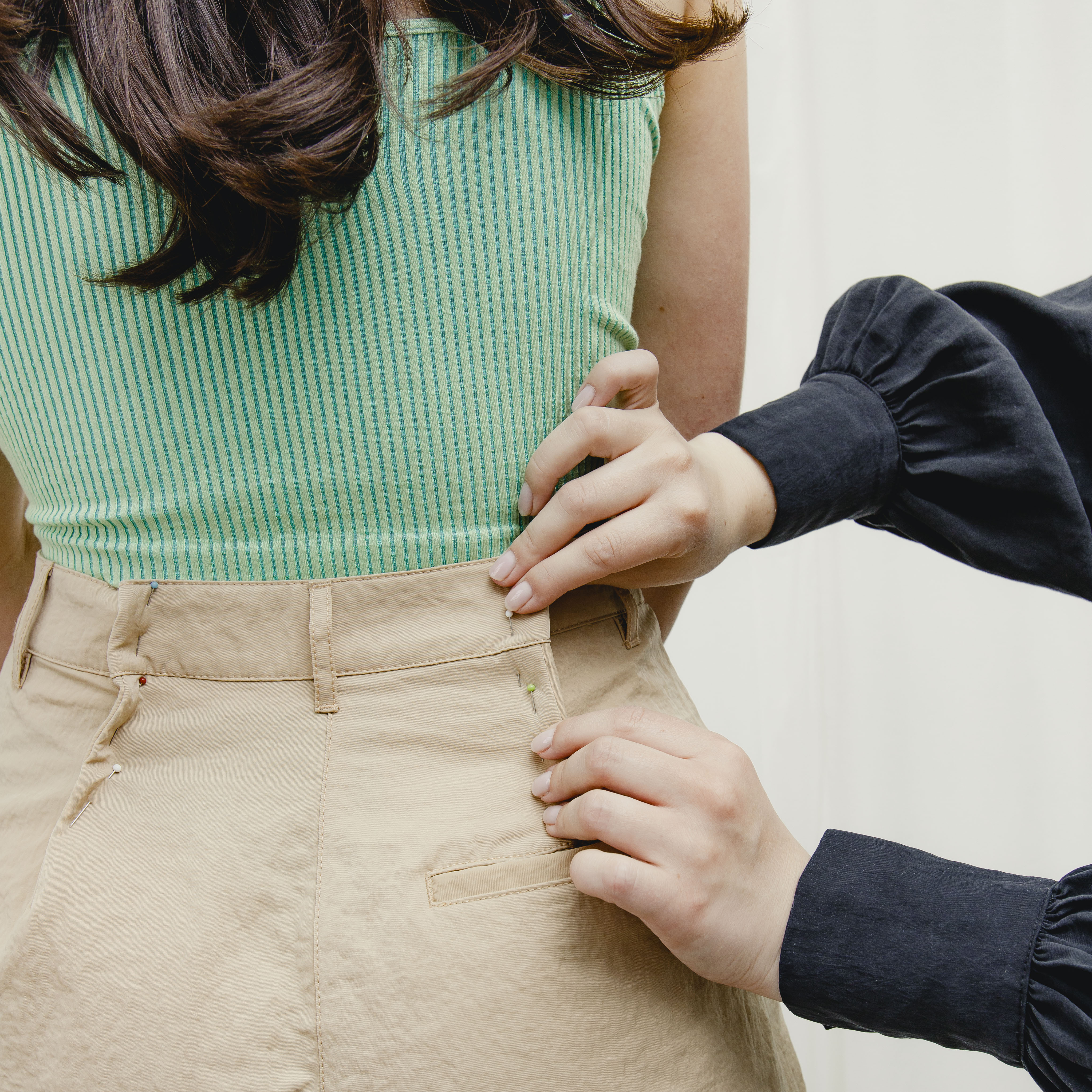Solving the secondhand sizing conundrum
This is a guest blog post by The Seam for Second Hand September. Founded in Hackney in 2019, The Seam is a platform that connects customers with local, specialist makers to alter, repair and transform clothing to increase wardrobe longevity, and ensure that good fit is available to all.
Online secondhand shopping is fashion’s future. By 2030, it’s predicted that second-hand clothes will comprise around 18% of the average wardrobe, up from 9% in 2020. This is a welcome shift for the future of the planet, and will help tackle the 13 million garments discarded in the UK each week. As well as keeping clothing out of landfill and in circulation, the re-sale market decreases the need for new fabric production by reducing demand.
For many people, the rise of resale offers a less expensive and more sustainable way to refresh wardrobes, along with the potential to earn money from unused clothes. But there remains a roadblock in the potential of second-hand clothes: finding the perfect fit.

The complexity around secondhand sizing stems from the fashion industry’s lack of standardisation. The very first en masse size standardisations for garment manufacturing were put forth in 1958. Over the decades that followed, ‘vanity sizing’ continuously eased sizes and shifted standards with the assumption that if a woman found herself wearing a size 10 in jeans at Levis and an 8 at GAP, her loyalty would fall with the latter brand (thanks, patriarchy). Buying clothing from decades past renders the numbers on the tag essentially meaningless: a women’s size 12 in 1958 now matches a contemporary size 6. And the term ‘standard’ is far from an accurate description of how sizes shift from one retailer to the next.
Even before we bring this sizing problem into the realm of secondhand, clothing fit is the number one reason for garment returns in the UK, and it’s fueling an epidemic of purchases headed straight to landfill.
Beyond the confusion around interpreting sizing on secondhand clothes, there is a lack of size representation above a UK size 12. Aja Barber writes, ‘The fashion industry has, noticeably, always failed to invite bigger bodies to the party’. And with the mainstream fashion industry creating the product of the secondhand trade, thrifting shares this exclusivity. Consider, for example, that searching for a ‘dress’ on Depop generates 240,000 search results in a UK size 10, and just 1,900 in a UK size 24.
A final challenge of finding the right size in secondhand is the fact that there’s only one of each item, with no option to exchange for another size if it doesn’t fit.
At The Seam, we consider ourselves custodians of better clothing fit, as well as loving secondhand for its circular potential. Below, we’ve put together our top tips for cracking the sizing conundrum, embracing resale and ensuring that #LovedClothesLast.
Tip #1: Hack the size charts

Most resale garments are labelled by their original brand name, and most clothing brands differ on the exact proportions their sizes cater to. When checking out secondhand garms from a major brand name, the best thing you can do is pop over to the original brand website and scope out their size chart. On top of learning how to take good measurements, this will set you up for success when it comes to fit.
Tip #2: Embrace Alterations

We can think of standardised sizes as the fashion industry’s best guess at our shape. The Seam is trying to make a good fit open to everyone. Using a digital platform, we’ve created an accessible way for people in London to find local, trusted Makers, get a free fitting, and transform ill-fitting clothes into favourites. Whether that’s through a trouser hem, waist alteration, or tapered seams, crafting the perfect fit can turn a disappointing thrift into a cherished piece.
Tip #3: Rework

Sometimes the issue with fit is hard to pinpoint. In times like these, it’s more about a nuanced ‘something-isn’t-right’ than the need for a clear cut alteration, which makes them perfect for an upcycling project or creative rework. Whether this means changing a dress into a 2 piece co-ord set, or converting sleeves from full to fitted, you can think of thrifted clothes as just the starting point to realise your vision.








